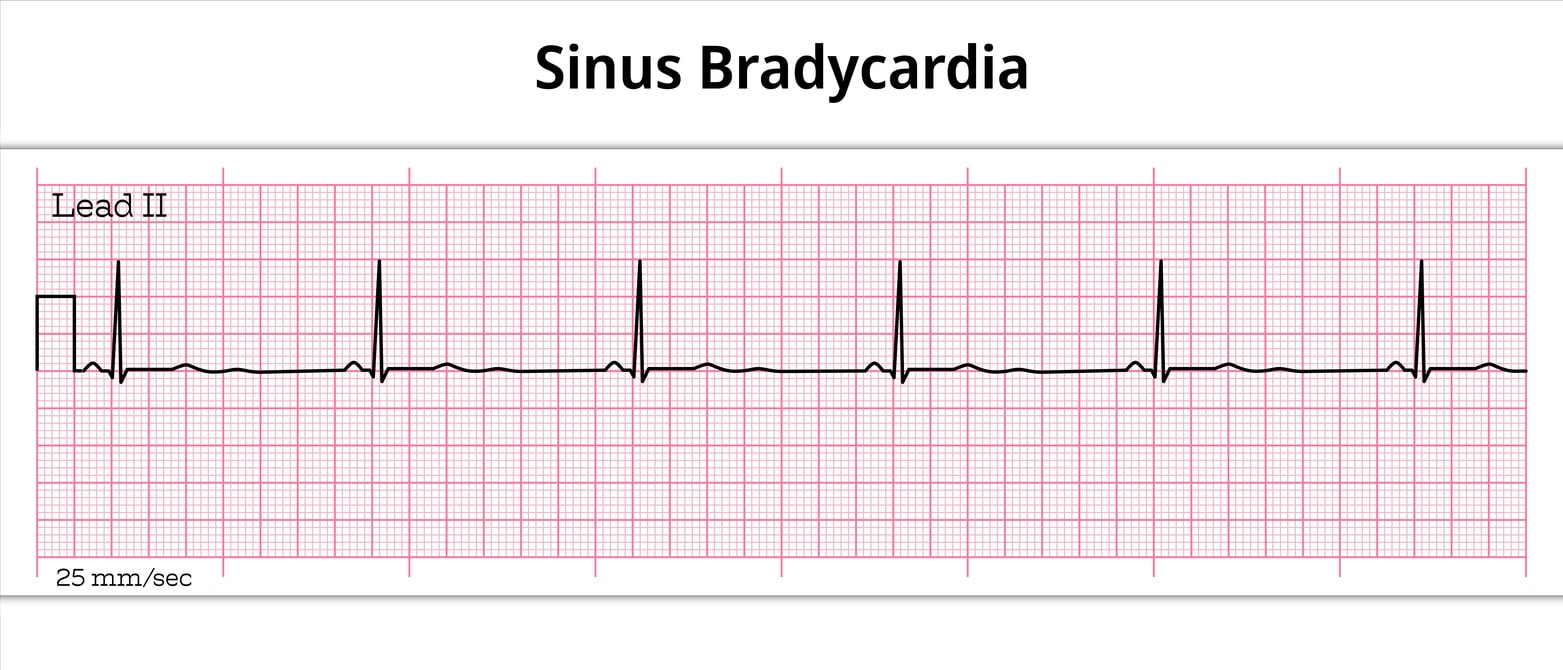

When someone shows signs of a heart attack, every second counts. Knowing the right steps to take can make the difference between life and death. The Acute Coronary Syndrome (ACS) Algorithm provides healthcare professionals with a clear, systematic approach to manage patients with suspected cardiac emergencies. This guide breaks down the algorithm, helping you understand each step so you can act confidently and effectively.
Acute Coronary Syndrome is a term for any condition where blood flow to the heart is suddenly blocked. This includes heart attacks (myocardial infarction) and unstable angina. The American Heart Association (AHA) developed the ACS Algorithm to standardize care, improve patient outcomes, and ensure that critical treatments are delivered quickly. Following this proven pathway helps medical teams coordinate their efforts from the moment a patient arrives.
The Acute Coronary Syndrome (ACS) Algorithm is a structured set of guidelines for healthcare providers to evaluate and manage a patient with a suspected heart attack. Its main goal is to rapidly identify the type of ACS and start the appropriate treatment to restore blood flow to the heart, which minimizes damage to the heart muscle.
The algorithm begins as soon as ACS is suspected. It outlines the immediate assessments and actions required within the first 10 minutes of a patient’s arrival. This initial phase is critical for setting the course for all subsequent care.
The first few minutes are the most important in managing ACS. The algorithm prioritizes immediate actions to stabilize the patient and gather crucial diagnostic information.
The algorithm recommends administering several medications early, provided there are no contraindications:
The 12-lead ECG is the most important diagnostic tool in the ACS algorithm. It helps classify the patient into one of three groups, which determines the treatment path.
A STEMI is the most severe type of heart attack. The ECG shows a significant elevation in the ST segment, which indicates a complete blockage of a coronary artery. These patients need immediate reperfusion therapy to restore blood flow. The goal is to open the blocked artery as quickly as possible.
This category includes two conditions: Non-ST-Elevation Myocardial Infarction (NSTEMI) and unstable angina. The ECG shows ST depression or T-wave inversion, suggesting a partial blockage or severe narrowing of an artery.
If the initial ECG and cardiac markers are normal, the patient is considered low- or intermediate-risk. However, ACS is not ruled out. These patients are admitted for observation, and serial ECGs and cardiac marker tests are repeated to monitor for any changes. If subsequent tests become positive, they are treated as NSTE-ACS.
Understanding and applying the Acute Coronary Syndrome Algorithm is a fundamental skill for any healthcare professional involved in emergency medicine. A quick and accurate response can significantly improve a patient’s chances of a full recovery.
Here at Safety Training Seminars, we provide the hands-on training you need to master this life-saving protocol. Our American Heart Association (AHA) certified ACLS (Advanced Cardiovascular Life Support) courses cover the ACS Algorithm in detail, giving you the confidence to lead or be part of an effective resuscitation team. Our instructors are experienced professionals who create a supportive learning environment. We offer a blended learning model, allowing you to complete online coursework at your own pace before attending a short, in-person skills session at one of our 70+ locations across California. You’ll even receive your AHA certification card on the same day.
Ready to sharpen your skills? Book an ACLS class with us today and be prepared to make a difference when it matters most.